Tapinella panuoides
Scientific name: Tapinella panuoides (Batsch) E.-J. Gilbert
Derivation of name:
Synonyms: Paxillus panuoides (Fr.) Fr.
Agaricus panuoides Fr.
Common name(s): Stalkless Paxillus.
Phylum: Basidiomycota
Order: Boletales
Family: Tapinellaceae
Occurrence on wood substrate: Saprobic; scattered or in
overlapping
clusters on conifer logs, stumps, and timbers in
service (e.g., fenceposts); May
through November.
Dimensions: Caps 2.5-10 cm wide.
Cap: Olive-yellow to yellow-brown to orangish-brown; dry;
downy to smooth;
margin incurved when young, becoming thin,
uplifted, and wavy
at maturity.
Gills: Yellowish; radiating from point of attachment; sometimes
forked, with cross veins, often wavy and corrugated near base
but sometimes
straight; easily separated from cap.
Spore print:Yellowish to yellowish-brown.
Stipe: Absent (sometimes as short, lateral, stubby structure).
Veil: Absent.
Edibility: Poisonous.
Comments: Tapinella corrugata (Paxillus corrugatus) is
similar to this
species. The gills often differ in color but the
potential exists for confusion. See Figures 5 and 6 and
consult Bessette for additional
information.. Microscopic
analysis of spore size may be required
to provide certainty
of identification.
More information at MushroomExpert.com:
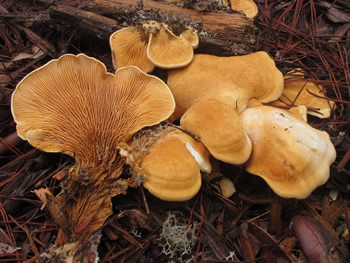
Figure 1.
Grouping of Tapinella panuoides specimens on
woody conifer
debris.
Photo © William Roody.
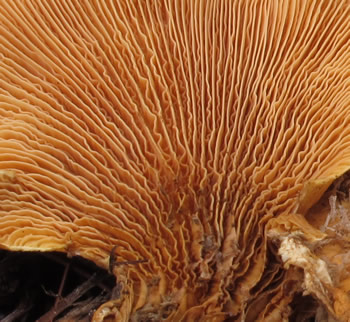
Figure 2. Close-up of the specimen in Figure 1. Note the
wavy or corrugated gills particularly near the point
of attachment. Photo © William Roody.
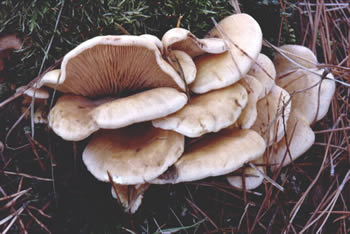
Figure 3. Overlapping caps of Tapinella panuoides.
Photo © Steve Nelsen.
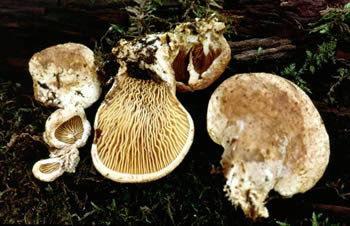
Figure 4. Additional specimen of stalkless Paxillus.
Photo © Steve Nelsen.
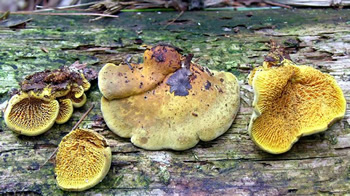
Figure 5. Tapinella corrugata. Photo © Steve Nelsen.
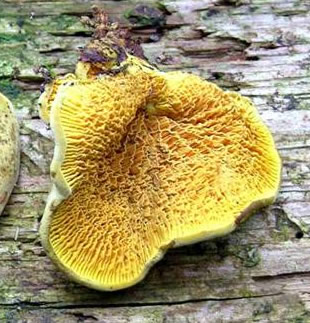
Figure
6. Tapinella corrugata. The gill color
of this
species is described as more orange-yellow than the
gills of T. panuoides.
Photo © Steve Nelsen.